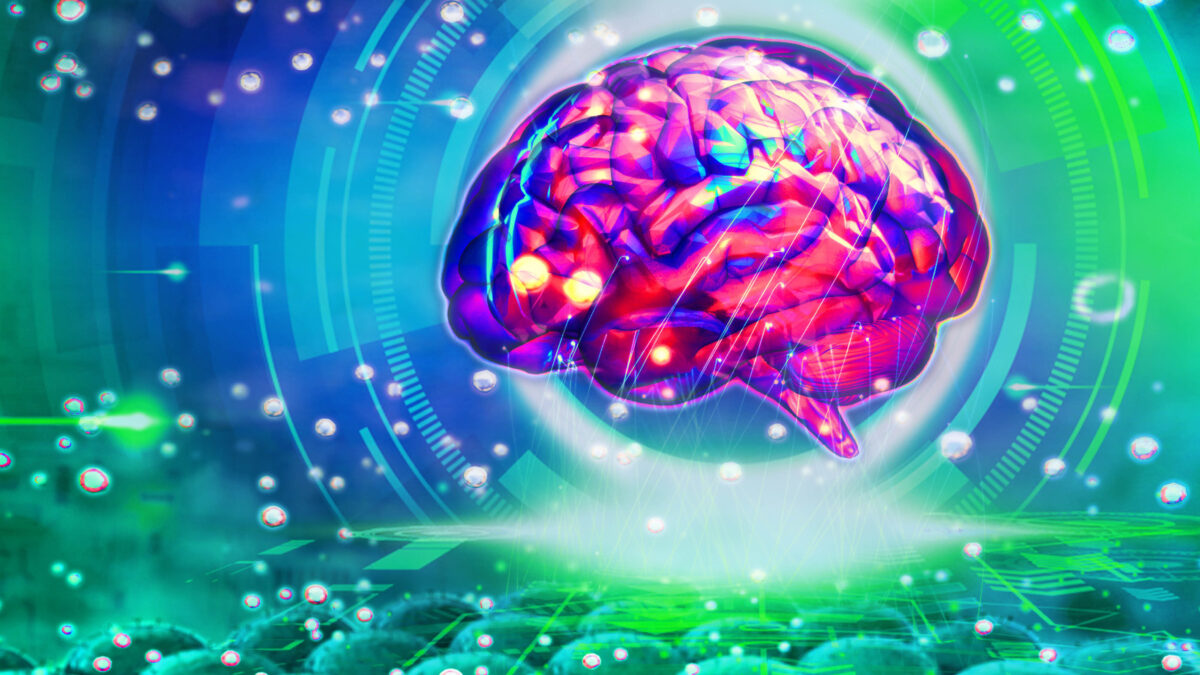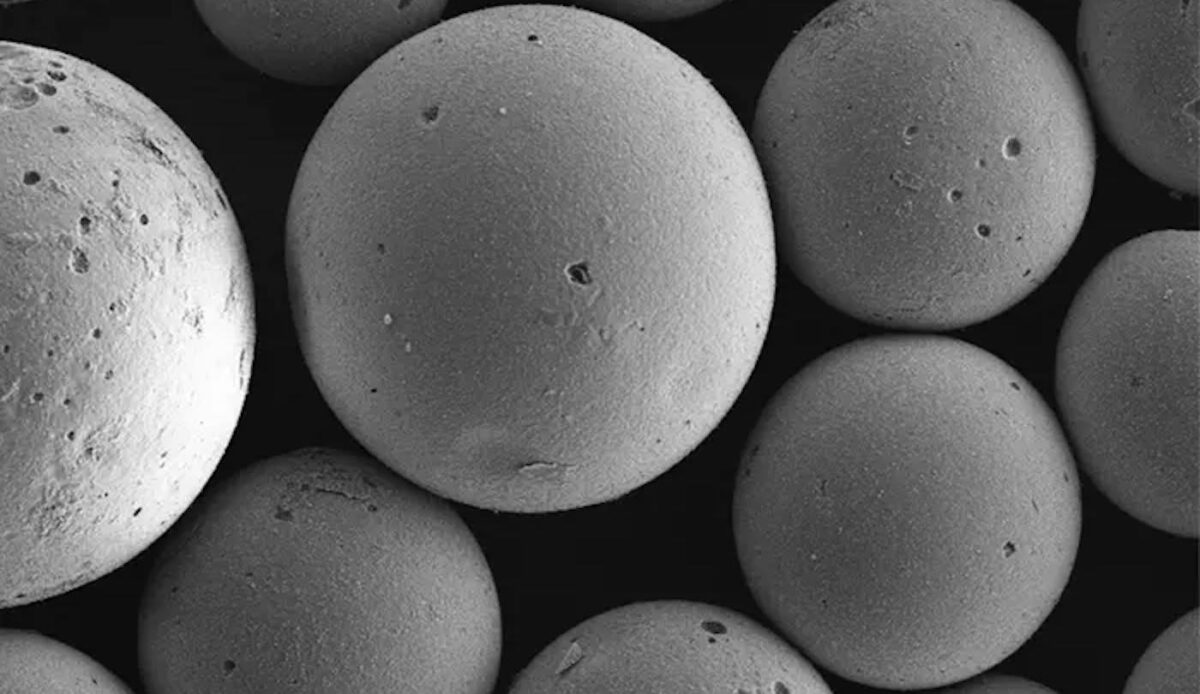Robotic Touch
A robotic sorting system that uses touch to identify different types of domestic waste achieved a 98.85% accuracy rate.
The inventors believe this advanced system could improve recycling efficiency and aid in treating hand disabilities.
Currently, sorting robots are used in over 40 of the 600 recycling centers in the United States, operating faster and more accurately than humans. Researchers at Tsinghua University in Beijing have shown that tactile sensing and logical reasoning enhance a robot’s ability to recognize and classify objects, even with advanced visual sensors.
Today’s intelligent robots can identify many objects through vision and touch, but tactile information, combined with machine learning algorithms, also allows them to recognize objects they have previously handled. However, they often struggle with objects of similar size and shape or new items.
To address this, the Tsinghua team integrated “thermal feeling” into robotic tactile sensing. Professor Rong Zhu explained that humans use thermal sensations to differentiate materials like wood and metal based on cooling sensations. The team replicated this by designing a tactile sensing method incorporating thermal sensations for better object detection.
They developed a layered sensor with material detection at the surface, pressure sensitivity at the bottom, and a porous middle layer sensitive to thermal changes. This sensor, paired with a cascade classification algorithm, efficiently categorized objects from simple to complex, such as empty cartons to orange peels.
The system, installed in a robot, sorted common trash items like cartons, bread scraps, plastic bags, bottles, sponges, napkins, orange peels, and expired drugs into categories like recyclables, food scraps, hazardous waste, and other waste. It achieved a 98.85% accuracy rate in classifying previously unencountered waste items, as reported in Applied Physics Reviews.




